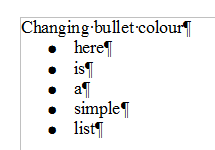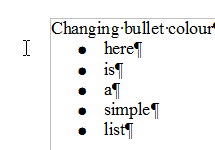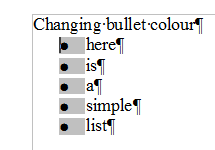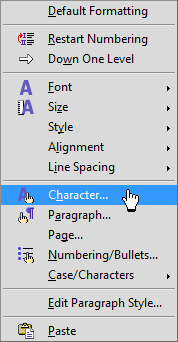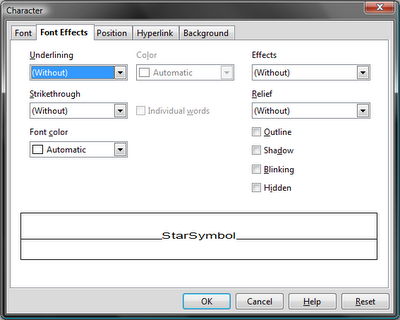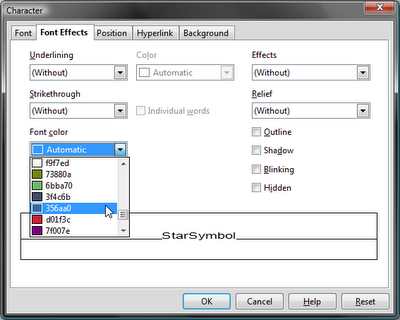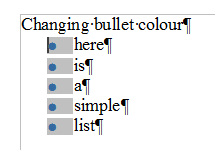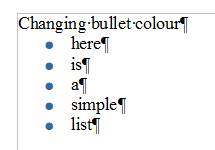As you must realise by now, I like dolls (don't play with em, just like to collect and make them). I made my first sewn doll when I was eleven. I still have her. Anyway, since I was a little girl, I was always fascinated by my Mum's Pedigree walker doll, Sally. I played with her all the time. She is 22" with dark curly hair and blue eyes. My sister has her now, but I gotta say, I always wanted one.
My Mum came back from her walk and said: "Isn't it that doll show on today?" I'd clean forgot!
Today is the annual Doll, Bear & Miniature Show, run by Toowoomba Doll & Miniature Club, (a registered charity, raising funds for the Toowoomba & District Down Syndrome Support Group). I went with my Mum, and, came back with.... a 16" Pedigree walker with blue eyes and dark curly hair! I had been saving for ages, and ages and ages for a Pedigree walker doll. I couldn't decide between her and a 22" one similar to my Mum's. Well, I got back home, and my husband saw how happy I was - he convinced me to go back and get the second one!! Yay!!
I present, for your viewing, Holly (in blue) and Samantha (in lavender):
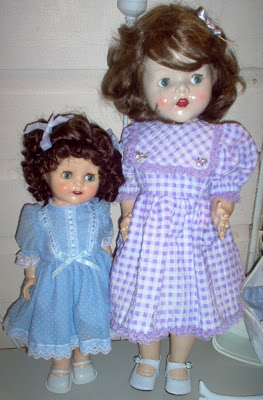 I managed to snap a clear(ish) image with my cruddy digital camera. I thought it had died a few months ago, but it is still kind of working. Half the images it takes are blurry - even using a tripod. Mind you, it has been up and down the eastern side of Australia, and done lots of travelling...
I managed to snap a clear(ish) image with my cruddy digital camera. I thought it had died a few months ago, but it is still kind of working. Half the images it takes are blurry - even using a tripod. Mind you, it has been up and down the eastern side of Australia, and done lots of travelling...
